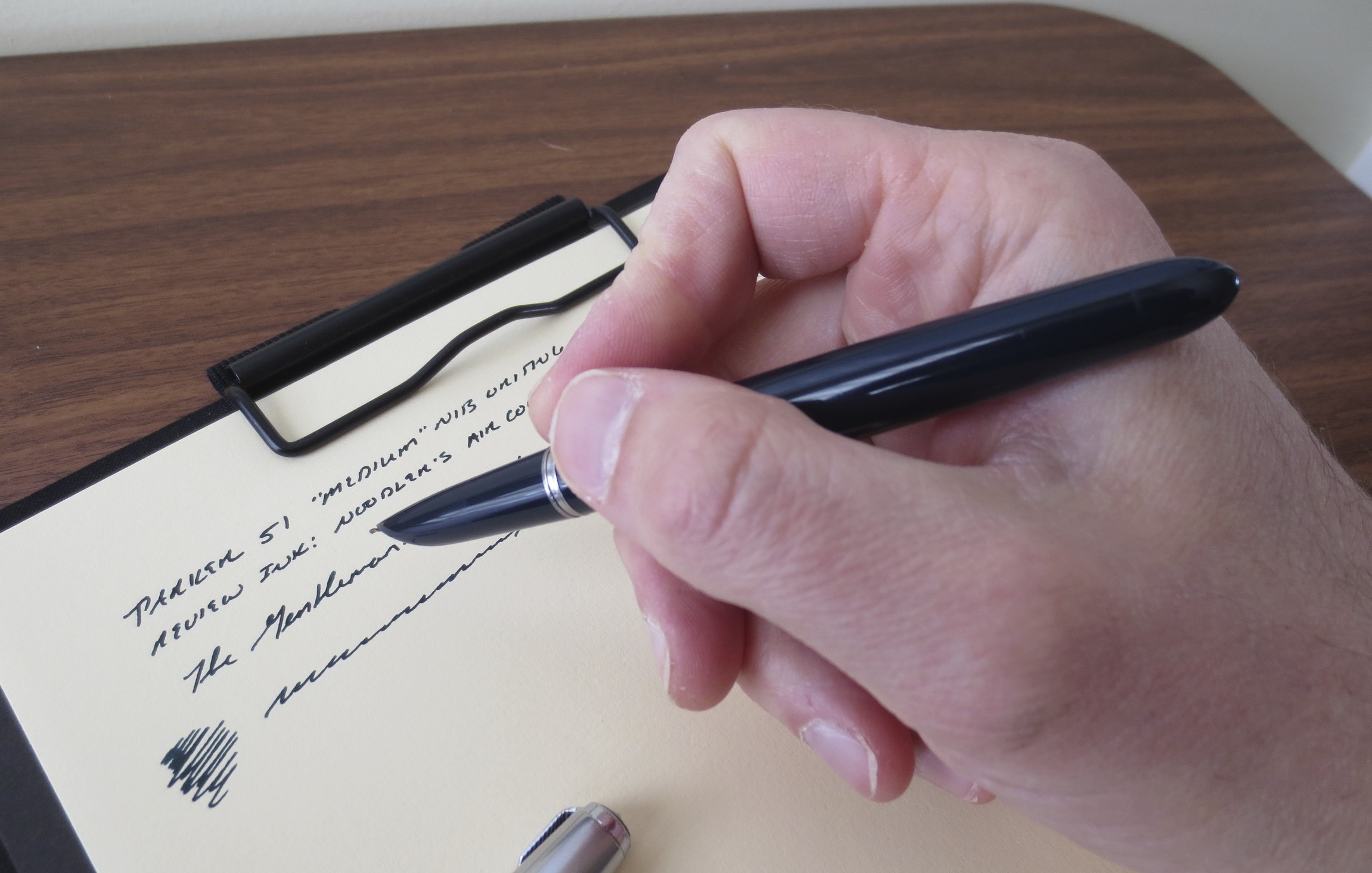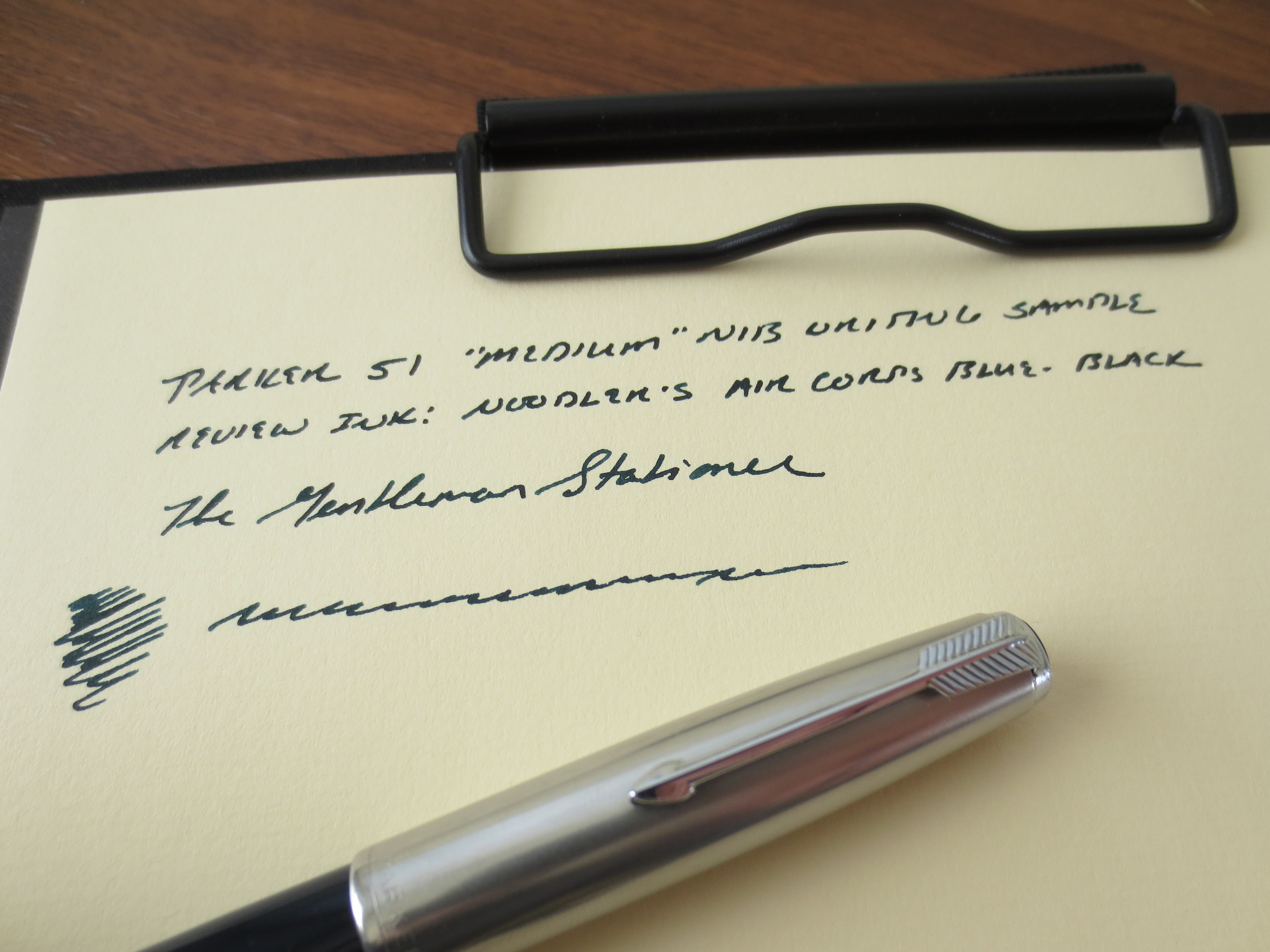Buy “user grade” pens, at least to start. To me, “user grade” means a pen that is in respectable condition, but isn’t an immaculate, mint-condition “collector’s piece” where you will destroy the value of the pen by inking it up and using it. To this day, I don’t buy pens that I wouldn’t feel comfortable using. Even though I have some pens that I wouldn't carry around in my pocket, everything in my collection can be used to work at my desk. Writing with a vintage pen is part of the fun; it’s difficult to get a sense of which pens “speak to you” without being able to write with them. Buying "user grade" also keeps the price down.
Accept that you will get burned at least once, but probably a few times. I don’t view this as being cynical so much as realistic. As with the market for any antique or collectible, there are unscrupulous people out there looking to rip off newbies and capitalize on rising prices as good vintage pens become more scarce. There are also a lot of honest people out there who simply don’t know what the hell they are doing. You can purchase a pen that appears competently restored, only to discover later (typically, the hard way) that you were wrong. I’ve also come across people at flea markets trying to sell off-brand pens like “Majestic” or “Wearever” for $100 or more, when the value of such pens rarely, if ever, exceeds $20 restored. Despite your best efforts, if you trade or buy enough, you eventually will spend money on a pen that wasn’t worth it. It happens to us all. Accept it and move on.
Temper your expectations. Vintage pens are antiques, often 75-100 years old. They can seem as usable as they were the day they were made (and often, they are), but people still tend to expect too much. Even the best-restored vintage pen may have the occasional hiccup. For example, the most common issues I run into involve temperature and air pressure fluctuation. If the temperature changes rapidly (such as when going from a cold car to a warm office), the pen may burp ink. Likewise, don’t carry filled vintage pens on an airplane unless you want a mess when you uncap the pen. Learn to accept that this is part of the fun, and doesn’t necessarily mean your pen is defective. As much as we all love fountain pens, they were never perfect technology. There was a reason the pen companies started developing ballpoints.
Consider collecting what I refer to as “new vintage.” One personal area of interest is Waterman pens from the 1980s and 1990s. These pens are sturdy cartridge/converter fillers, and therefore have the same “advantages” as modern pens. Because they are still relatively common, you often can find new old stock or mint condition pens for very reasonable prices. And, because these pens often don’t need restoration beyond a good polishing and cleaning, there’s less risk incurred in the purchase. Waterman, Sheaffer, Parker, and others all produced very high quality writing instruments during this time frame.
I hope this has been helpful. Some of these may seem like “common sense” points, but they’re still worth keeping in mind if you're considering entering the vintage pen world. Take it from someone who's been there: in the heat of a pen show, or when presented with a spur-of-the-moment, can’t-pass-it-up “great deal,” common sense can go out the window. But at the end of the day, I love using my vintage pens, keep them inked up regularly, and am always looking to add to the collection. Over the next few weeks, I’ll be posting some reviews on specific vintage models, and will discuss different topics on collecting, use, and restoration.









